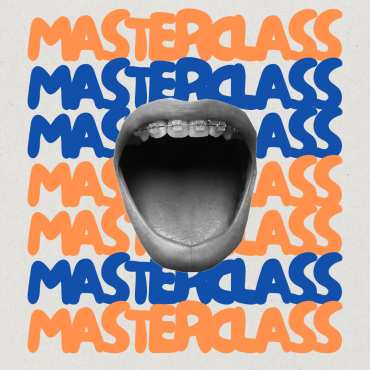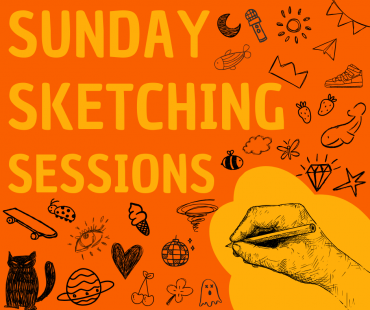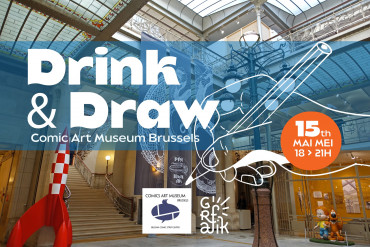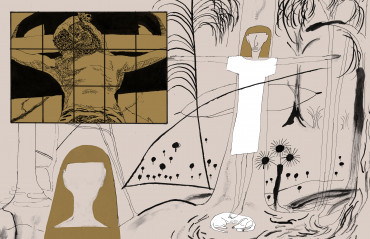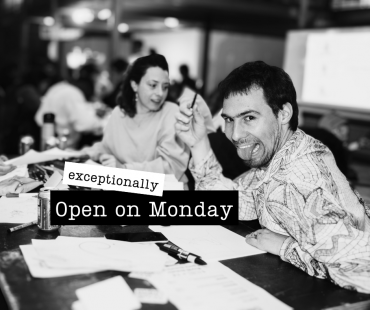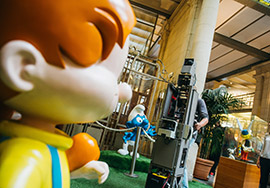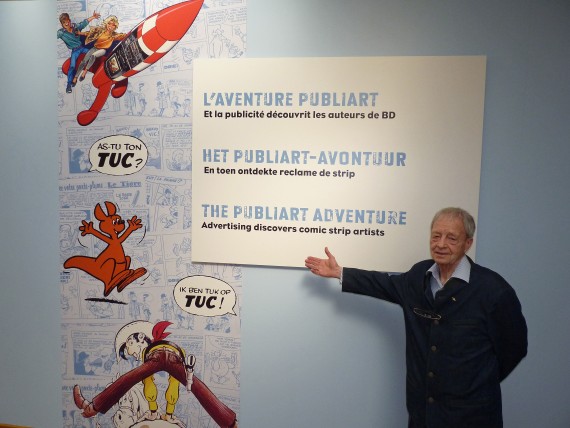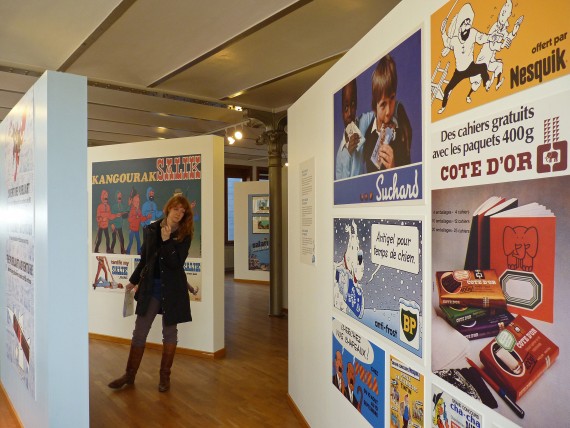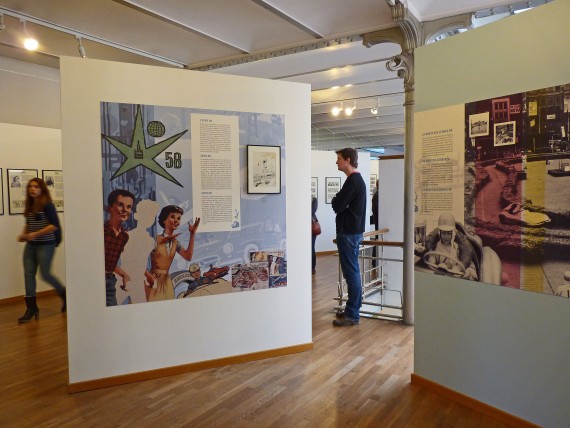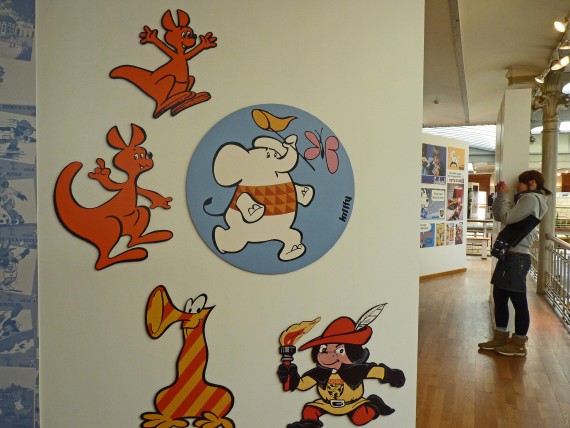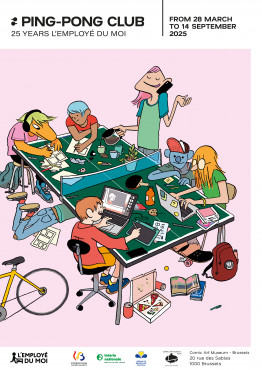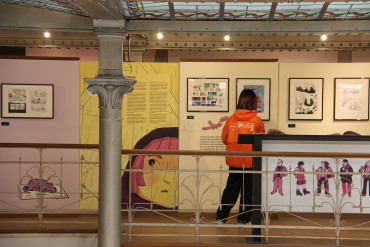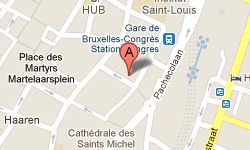The great temporary exhibitions
22.03.11 > 02.10.11
The Publiart adventure
Advertising discovers comic strip artists
Although the press had been associated with advertising since the first half of the nineteenth century, it would be 1950 before an advertising agency was established with the express purpose of employing comic strip writers, and sometimes their paper heroes as well.
The agency, Publiart, was set up in Brussels in 1950 by Raymond Leblanc, the founder of Lombard publishing, Tintin magazine and later, Belvision. Guy Dessicy, who remained the head of Publiart from its inception till the 80s, saved the treasures that chronicle the history of this agency, which is also to some extent the history of the comic strip in Belgium. Rapidly departing from the single pages of Tintin magazine, the campaigns run by Publiart provided employment for many comic strip writers who were to become giants of their art.
Tintin magazine, published by the self-made man, Raymond Leblanc, first appeared just after the Second World War, an era that welcomed uninhibited entrepreneurs. The magazine enthusiastically embraced advertising from the very first year of its existence, and Raymond Leblanc, influenced by a very liberal ideology and carried along by the optimism of the time, fit out Publiart in 1953. This agency was a tool designed to supply the magazine with advertisements, and promote sales by means of spectacular campaigns requiring the participation of commercial sponsors. To head up the agency Leblanc appointed a dynamic young man, Guy Dessicy, a former colourist of Hergé and future “culture agitator”.
With young people as a special target, advertisers were clamouring to get in, particularly
enthusiast by the quality of the artists available to create advertising strip cartoons, the great specialisation of the publishing house. Gradually neglected towards the end of the 60s, Publiart’s advertising strip cartoons were replaced by posters that enabled Guy Dessicy’s agency to make its name through a few unforgettable slogans, the creation of mascots that experienced their hour of glory, and theatre posters that marked a whole generation.
By evoking memories of a bygone era, the CBBD (Belgian Comic Strip Centre) is proud to display a collection of original strips, never before exhibited, and the creative work of a small team of enthusiasts motivated by their love of art and communication.
Guy Dessicy
« There’s no such thing as chance, only meetings » [GD]
Encouraged by his primary school teacher, the poet Edmond Vandercammen, Guy
Dessicy was not yet 12 when he frequented the poetry attic of Géo Norge, where he met the writer Marcel Dehaye, a friend of Hergé. Pulled in his wake into a circle of Christian artists in Capelle-aux-Champs, a Brussels suburb, he met several characters such as the writer Jean Libert, the painter Evany and Hergé with whom he struck up a friendship.
Having become Hergé’s assistant during the growth and development of Tintin magazine, he would then become his official colourist, and, as time went by, colourist for most of the magazine’s artists… until that day in 1953, when he suggested to Raymond Leblanc, the publisher of Tintin, to establish his own advertising agency.
For 35 years, Guy Dessicy ran Publiart, an agency specialised in advertising strip cartoons and the creation of highly apposite slogans, a talent deriving directly from his literary and poetic leanings.
Passionate about saving architectural heritage, Guy Dessicy is one of the founding fathers of the Belgian Comic Strip Centre and the saviour of the Maison Cauchie, one of the most beautiful Art Nouveau buildings in Brussels.





